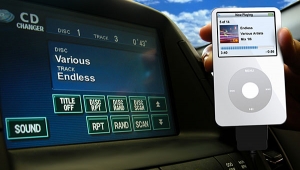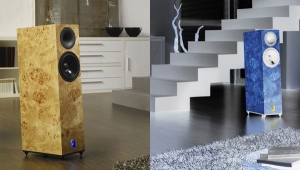| Columns Retired Columns & Blogs |
After 36 years of setting up systems in people's homes, these are the steps I take in order of importance: 1) Get them away from side walls; 2) If there is a TV between the speakers, cover it with a quilt or comforter when listening to music; 3) If there is a cabinet between speakers, push it back so it doesn't protrude past the speakers; 4) Get them out from the front wall to where the bass is even with the mids and highs; 5) LE-DE, which is live end-dead endas much as possible, set up the room dead at the speakers and more reflective on your end; 6) Watch out for reflectve surfaces between you and the speakersfloors or coffee tables, etc.


























